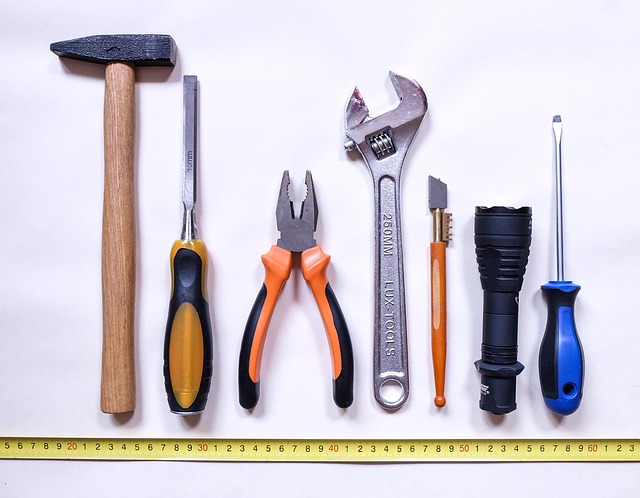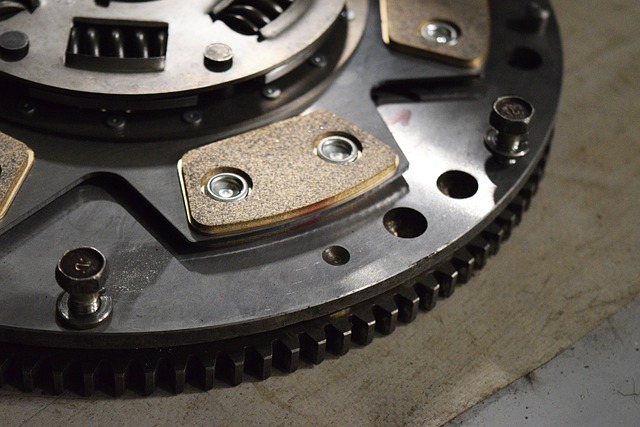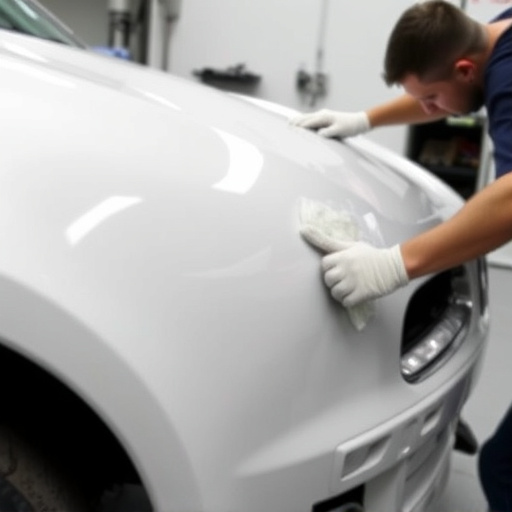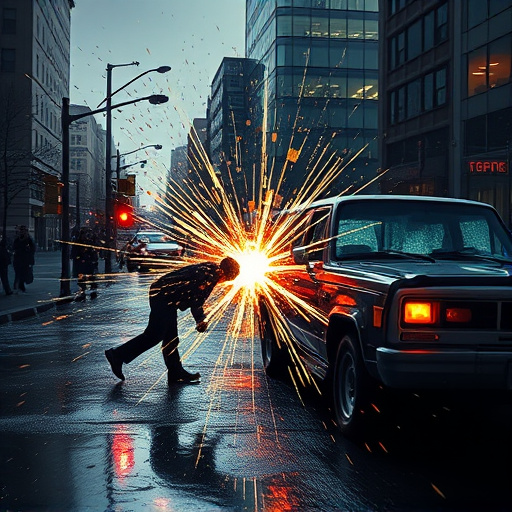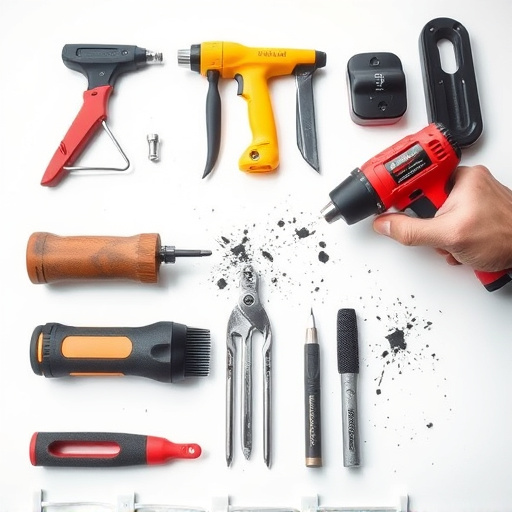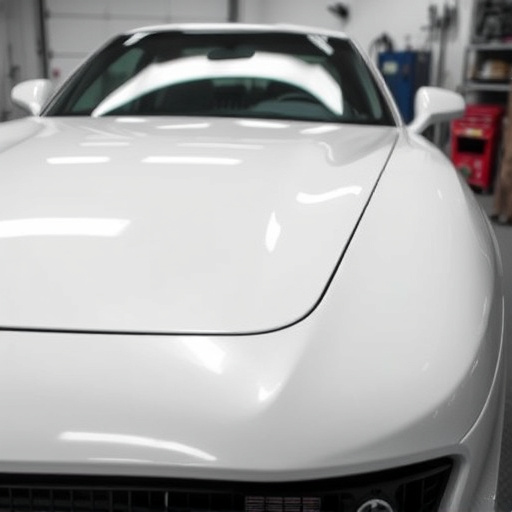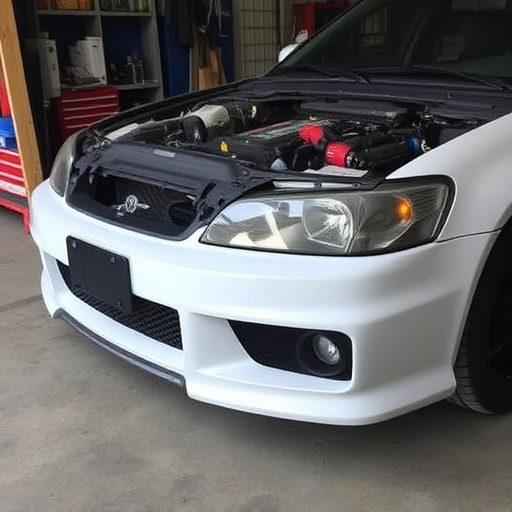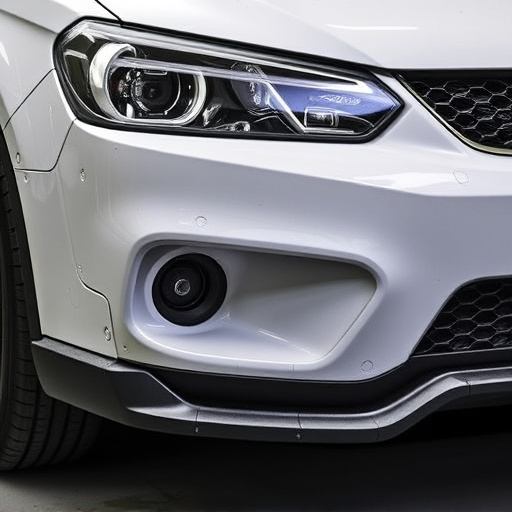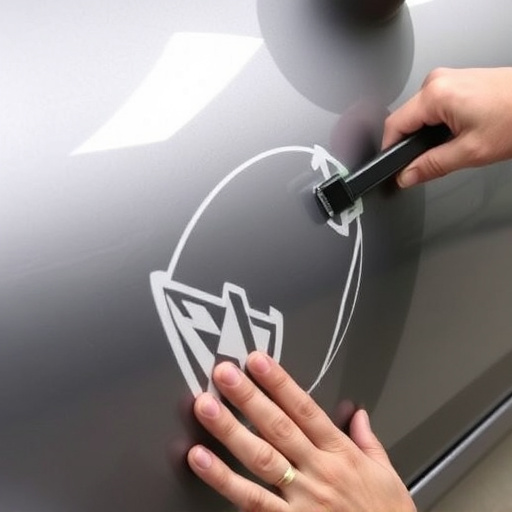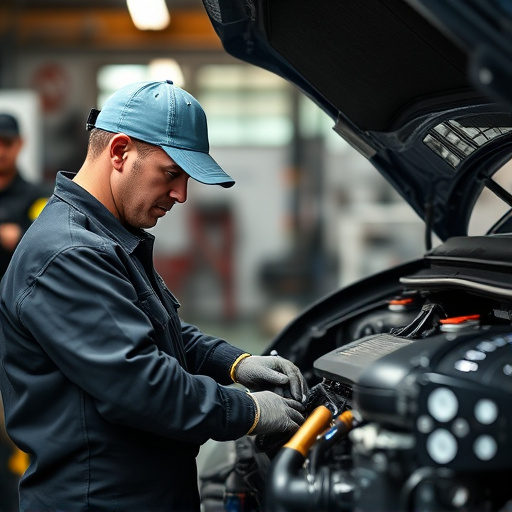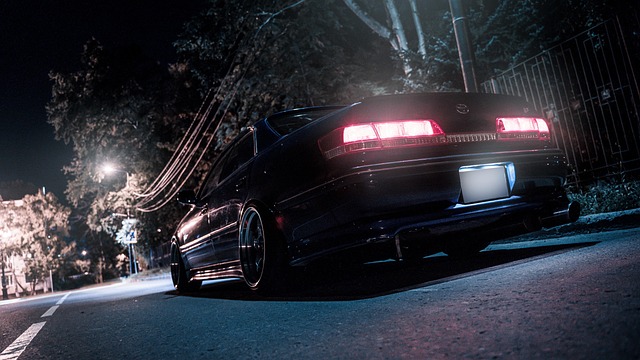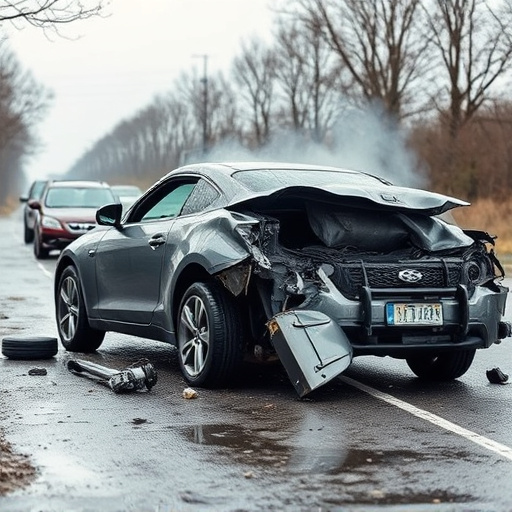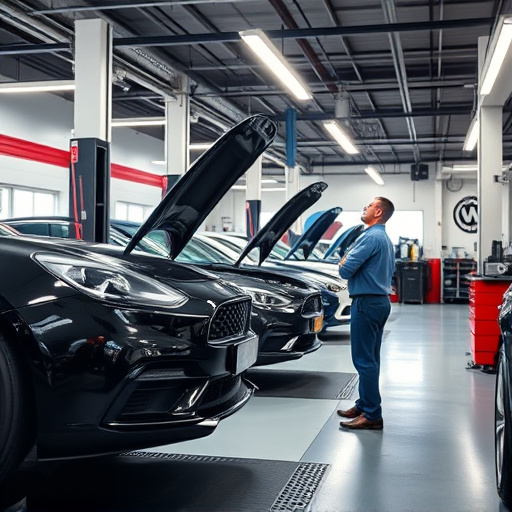Clear coat, an essential component in custom color matching collision work, provides a glossy finish and vital protection against environmental damage and wear. Collision repair centers use specialized tools and expertise to mix pigments accurately, ensuring perfect color matches sealed beneath the clear coat. This meticulous process guarantees customer satisfaction for every vehicle paint repair project. By offering both aesthetic and protective advantages, clear coating ensures custom colors remain vibrant and consistent over time, making it a top choice for high-quality collision repairs. Meticulous preparation, including cleaning, sanding, and using appropriate sandpaper and cleaners, is crucial for achieving a flawless finish, which requires regular maintenance with protective wax or sealant applications and gentle microfiber cloth washing.
In the realm of custom color matching collision work, clear coat plays an indispensable role. This intricate finish not only enhances the aesthetic appeal but also serves as a protective barrier against environmental factors. By understanding its multifaceted benefits, professionals can ensure superior results. From enhancing color accuracy to providing durable protection, clear coat is a game-changer in collision repair. In this article, we explore its critical functions and best practices for achieving flawless outcomes.
- Understanding Clear Coat: Its Role in Custom Color Matching
- Benefits of Using Clear Coat for Collision Repair
- Best Practices for Applying and Maintaining a Clear Coat Finish
Understanding Clear Coat: Its Role in Custom Color Matching

Clear coat plays a pivotal role in the intricate process of custom color matching collision work, ensuring that restored vehicles not only look like new but also perfectly replicate their original paint colors. Beyond providing a glossy finish, this protective layer serves as a crucial barrier against environmental factors and wear over time. By acting as a final seal, it locks in the precise hues achieved during the meticulous vehicle paint repair process, performed expertly by collision repair centers.
In the realm of auto body services, achieving accurate custom color matching demands a deep understanding of both paint composition and application techniques. Collision repair centers employ specialized tools and knowledge to mix pigments precisely, accounting for nuances in light reflection and absorption that can affect the final result. The clear coat, with its transparent nature, enables these professionals to perfect the color match before sealing it in, ensuring customer satisfaction with every vehicle paint repair project.
Benefits of Using Clear Coat for Collision Repair

Using a clear coat in custom color matching collision work offers significant advantages for both the restoration process and the final aesthetic outcome. In automotive body shops providing car bodywork services, clear coat plays a pivotal role in achieving precise color matching. Its transparent nature allows it to bond seamlessly with the base paint layer, ensuring a flawless finish that replicates the original vehicle color accurately.
This meticulous approach is crucial for vehicle body repair, as it not only enhances the visual appeal of the repaired area but also guarantees long-lasting durability. Unlike traditional painting methods, clear coating provides an extra layer of protection against environmental factors like UV radiation and weather conditions, preserving the vibrancy and consistency of custom colors over time. This makes it a preferred choice for those seeking high-quality, long-lasting results in their collision repair process.
Best Practices for Applying and Maintaining a Clear Coat Finish
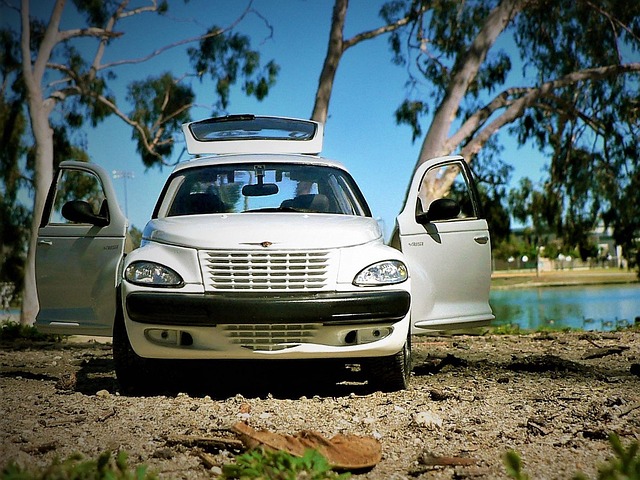
When applying a clear coat finish, proper preparation is key to achieving a flawless custom color match in collision work. The surface must be meticulously cleaned and sanded to ensure an even base for the coating. This involves removing any debris, dust, or contaminants from the car body repair area and smoothing out imperfections on the auto collision repair surface. Using the right grit of sandpaper and a high-quality cleaner will make a significant difference in the final result.
Regular maintenance is equally vital to preserving the clear coat’s integrity and longevity. Exposure to UV rays, harsh weather conditions, and frequent washing can degrade the finish over time. To combat this, applying a protective wax or sealant after every few months helps shield the clear coat from damage. Additionally, using a soft microfiber cloth for washing ensures minimal contact with the surface, preventing scratches and maintaining the auto painting’s glossy finish.
Clear coat plays a pivotal role in achieving precise custom color matching in collision work, ensuring vehicles not only look their best but also maintain durability. By understanding its function and implementing best practices, professionals can deliver top-tier finishes that satisfy customers. The benefits of clear coat extend beyond aesthetics, offering protection and longevity for repairs, making it an indispensable tool in the industry.
